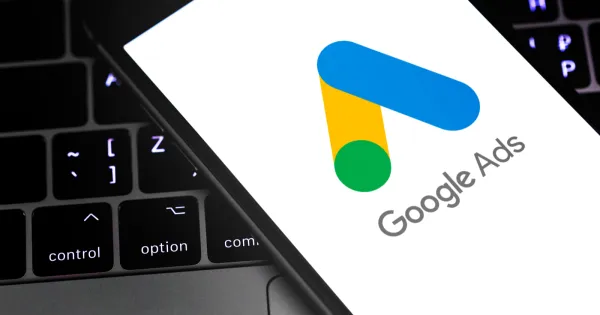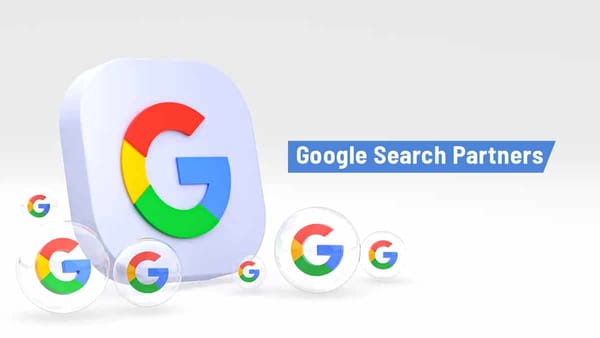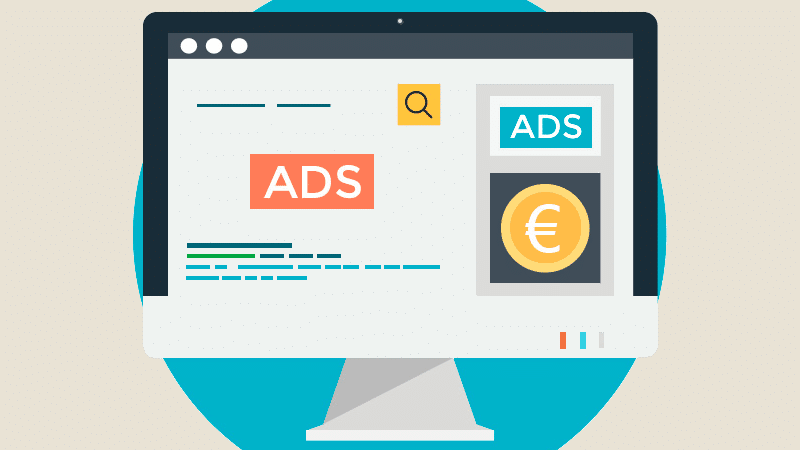How Google Ads is Revolutionized by AI: The Future of Advertising

Introduction
The evolution of artificial intelligence (AI) has sparked a transformation in nearly every industry, and digital advertising is no exception. Google Ads, one of the most widely used advertising platforms in the world, has integrated AI to help advertisers achieve better results with less effort.
From smarter ad targeting to automated bidding strategies, AI is changing the way Google Ads campaigns are managed and optimized. In this article, we will explore how Google Ads uses AI to enhance advertising performance and discuss the benefits, challenges, and future potential of AI-powered advertising.
How AI Powers Google Ads
Google Ads utilizes AI across several key areas of campaign management to drive more effective results. Below are some of the ways AI is integrated into Google Ads:
1. Smart Bidding
One of the most powerful AI features in Google Ads is Smart Bidding. Smart Bidding uses machine learning to automatically set bids for your ads in real time, based on various factors like the user’s location, device, time of day, and browsing history. This ensures that your ads are shown to the most relevant audience at the most effective cost per conversion.
With Smart Bidding, there’s no need to manually adjust bids for every campaign. The AI does the heavy lifting, maximizing your budget by automatically adjusting bids to achieve your advertising goals, such as maximizing conversions or optimizing for return on ad spend (ROAS).
2. Targeting and Personalization
AI enhances the targeting capabilities of Google Ads by analyzing vast amounts of user data. Through machine learning algorithms, Google Ads can deliver highly personalized ads based on a user's interests, behaviors, and previous interactions with similar products or services.
AI-based audience targeting allows advertisers to reach the right customers at the right time, ensuring their ads are not only seen but also acted upon. This leads to higher engagement and better conversion rates.
3. Responsive Ads
Google Ads’ Responsive Ads feature uses AI to dynamically adjust the ad content based on the user's preferences. Advertisers can input multiple headlines, descriptions, and images, and Google's AI will automatically test different combinations to find the best-performing variation for each audience. This ensures your ads are always tailored for maximum effectiveness.
AI-driven ad creation helps businesses avoid having to manually create dozens of variations of ads, saving time while optimizing performance.
4. Predictive Insights
Google Ads AI uses predictive analytics to forecast potential outcomes and suggest optimizations for your campaigns. For example, it can predict which keywords are likely to perform best or how different audiences will engage with your ads.
These insights help advertisers make more informed decisions, ensuring campaigns are optimized for success before any significant issues arise.
5. Automated Campaign Management
Through AI automation, Google Ads can handle many aspects of campaign management. For example, Google's AI automatically adjusts your ads’ settings, such as scheduling, targeting, and bidding, based on performance data.
This frees up valuable time for marketers to focus on strategic aspects of their campaigns, while the AI ensures optimal performance.
Benefits of Google Ads with AI
1. Efficiency and Time-Saving
AI takes over the time-consuming tasks of campaign optimization, allowing marketers to focus on more strategic decisions. Automation of bidding, targeting, and ad creation saves hours of manual work.
2. Enhanced Performance
AI's ability to process massive amounts of data in real time results in better decisions for ad delivery. This leads to improved ad performance, such as higher conversion rates, more relevant impressions, and improved return on investment.
3. Cost Optimization
AI continuously adjusts bids and targeting to help advertisers get the most value from their ad spend. This cost optimization can lead to a higher return on ad spend (ROAS) and more efficient use of marketing budgets.
4. Scalable Campaigns
AI allows advertisers to scale campaigns without compromising performance. By leveraging machine learning algorithms, advertisers can manage multiple campaigns across different platforms and geographies with ease.
5. Greater Accuracy in Targeting
AI-driven audience targeting ensures that ads are shown to the most relevant users based on their interests and behaviors. This leads to more qualified leads and higher engagement rates.
Challenges of Using AI in Google Ads
While AI offers numerous advantages, there are some challenges that advertisers need to consider:
1. Learning Curve
For marketers who are new to AI-powered tools, there might be a steep learning curve. Understanding how to effectively use features like Smart Bidding and automated targeting requires some time and experience.
2. Data Dependency
AI’s effectiveness depends on the data it is trained on. The more data available, the better the AI can optimize performance. However, new campaigns or businesses with limited data might not see immediate results.
3. Lack of Control
While AI automation is incredibly useful, some advertisers may feel a lack of control over how their campaigns are managed. As AI takes over bidding and targeting decisions, some might be hesitant to let the system fully control their ads.
4. Budget Considerations
Although AI-driven tools can help reduce costs and improve ROI, there is still a need for sufficient budget allocation to see optimal results. AI may need time to learn and adjust, which could require initial investment before significant improvements are noticed.
The Future of Google Ads with AI
The future of Google Ads powered by AI is bright. As machine learning and data processing technologies continue to advance, we can expect more innovative features and improvements in AI-based advertising.
Some possibilities for the future include:
- Advanced predictive insights that provide even deeper insights into customer behavior and campaign outcomes.
- Hyper-personalized advertising, with AI creating highly tailored ad experiences for individual users in real time.
- Integration with other AI-driven marketing tools to create a seamless, end-to-end digital marketing ecosystem.
Conclusion
AI has revolutionized the way we approach advertising, and Google Ads is at the forefront of this transformation. From Smart Bidding to automated campaign management, AI is helping businesses achieve better results faster, more efficiently, and with less manual effort.
By leveraging AI in Google Ads, businesses can drive more relevant traffic, optimize campaigns in real time, and achieve higher returns on their advertising investment. As AI technology continues to evolve, the future of advertising looks even more promising.
For those looking to stay ahead of the curve, embracing Google Ads with AI is a step in the right direction toward building more efficient and effective marketing campaigns.




